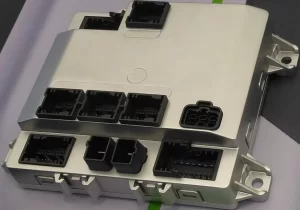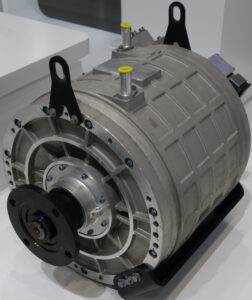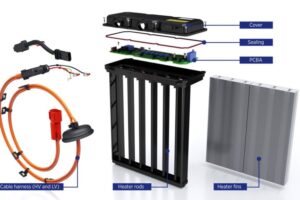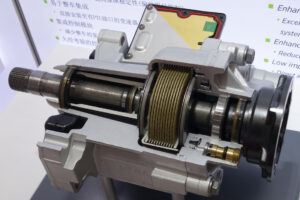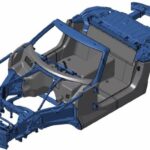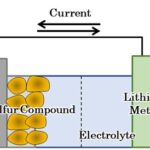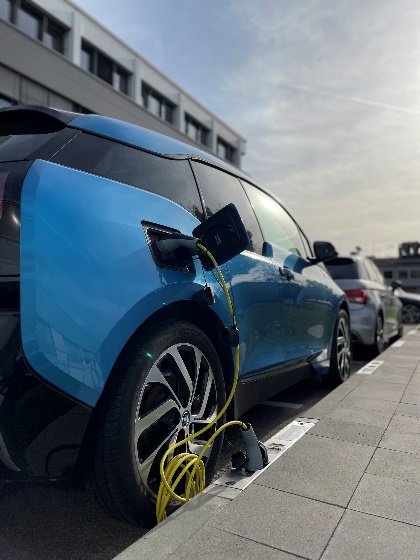
Rheinmetall curb chargers blend into the cityscape almost invisibly, offering a solution to the challenges posed by existing charging systems, such as large space requirements, low point density, aesthetic downsides, and high cost. Unlike other charging solutions on the market, the Rheinmetall approach makes intelligent use of existing urban infrastructure. By integrating charging electronics into the curb stone, it becomes a de facto “charging pole”, but without the drawbacks conventional pole-type charging stations cause for other road users. Moreover, electric vehicles can be charged directly at the curb, with no need to stretch a long cable across the sidewalk.
In recent months, a team at the Rheinmetall Technology Center has been working intensively on a solution that exploits existing urban infrastructure, though without the limitations imposed by charging point density, as is the case with lantern chargers, for example. The result is a modular curb charger capable of charging 22kW AC, which can be integrated into existing backend systems and charging system infrastructures via an open charge point protocol (OCPP).
During the development process, great priority was given to ease of retrofitting and maintenance. As a result, entire streets and parking lots can be prepared for curb chargers, enabling subsequent scalability as well as synergies with respect to planning, permission, construction, etc. For this purpose, so-called dummy curbs are installed at the desired charging locations. The electronic module can be retrofitted as soon as the number of electric vehicles assures adequate demand. Retrofitting can be carried out within a few minutes, as can maintenance, for which the electronic unit can be easily removed. The systems are designed in accordance with rough environmental conditions in the road space, assuring a long service life.

